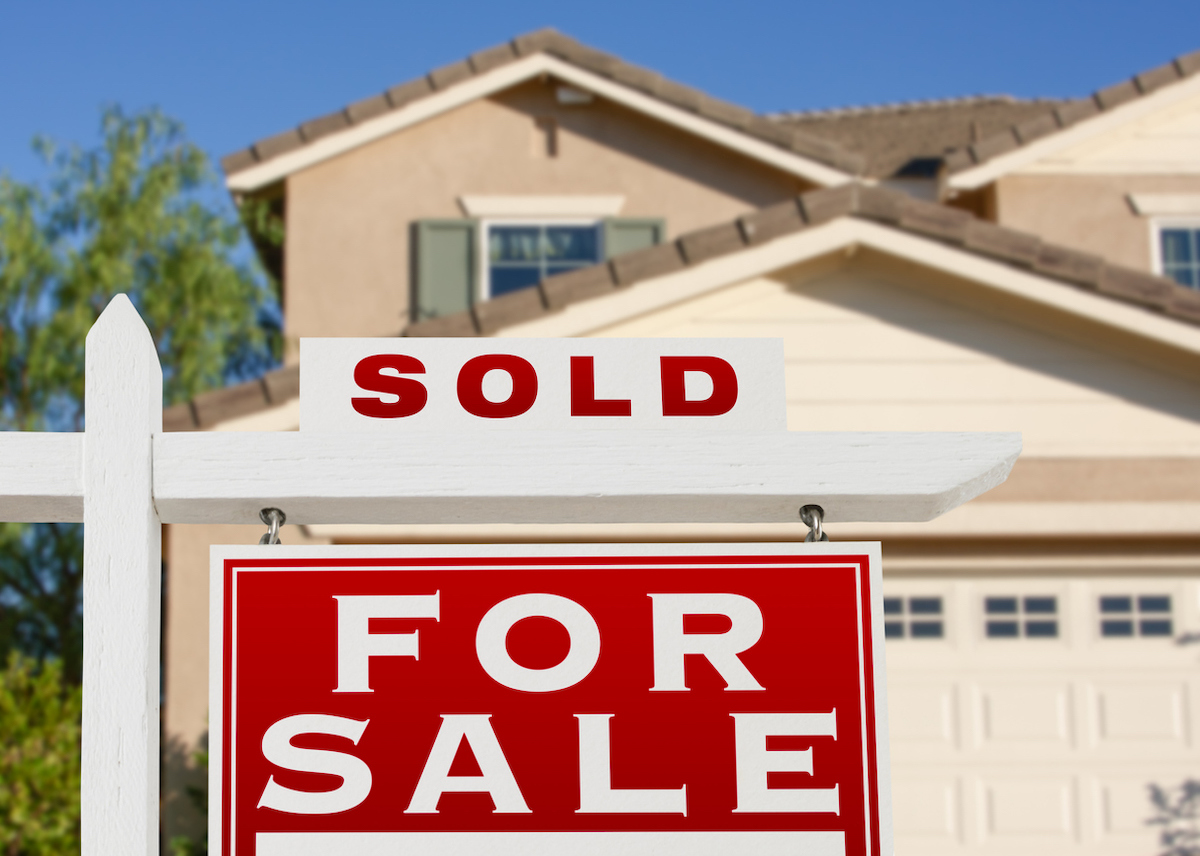We may earn revenue from the products available on this page and participate in affiliate programs. Learn More ›
The Covid-19 pandemic affected countless industries worldwide, but the rising cost of lumber had to be one of the most dramatic changes to impact consumers. Higher lumber prices meant that renovations, repairs, and new construction were all significantly more expensive, affecting both home projects and home prices.
Two years after Covid-19 caused global shutdowns, the cost of lumber finally seems to be decreasing toward pre-pandemic levels. In this article, we’ll explore what caused the price of lumber to increase so dramatically in the first place and look at its trajectory since March 2020.
What Caused the Price of Lumber to Increase?
At the beginning of the pandemic, the cost of lumber and other building materials skyrocketed due to a variety of factors. First, lumber mills were forced to close or reduce their production capacity during the emerging global health crisis. Second, many people undertook DIY and renovation projects in 2020 because they were spending more time at home or now working from home. Inflation further affected the cost of lumber.
The Cost of Lumber Reached Unprecedented Highs
The cost of lumber is generally measured by the Random Lengths Framing Lumber Composite Price, which rose by approximately 175 percent between April and September 2020, according to the National Association of Home Builders (NAHB). By early 2021, the cost had reached $1,000 per thousand board feet, marking an additional 167 percent increase. By May 2021, the FLCP had continued to climb steadily, reaching $1,500 per thousand board feet. In February 2022, the Random Lengths Framing Lumber Composite Price had tripled since August 2021.

How Lumber Costs Affect Building Costs
Wood framing is used to build 9 out of 10 single-family homes in America, according to the NAHB, with the average single-family home requiring between $30,000 to $40,000 of lumber.
This means that the cost of lumber has a significant impact on the real estate industry. In fact, the NAHB reported that the rise in lumber prices caused the average price of a newly-built single-family home to rise by an average of $18,600 between 2020 and 2021.
Is the Lumber Bubble Bursting?
After 2 years of increases, the lumber bubble does, in fact, seem to have burst. What has caused this decrease in prices? For one, rising mortgage rates and inflation have contributed to the housing market beginning to cool down. With lower demand for new homes, the cost of lumber has finally begun to fall. As of publication, the FLCP has fallen below $600, marking a nearly 50 percent decrease since this time last year.
The Future of Lumber Prices
While prices may be lower now than they were in the last couple of years, consumers are understandably concerned about continued instability. Luckily, experts are predicting that—barring another major worldwide crisis—lumber prices should stabilize in the coming months. Speaking to Fortune, economist Dustin Jalbert predicted that end consumers and professional builders should expect the FLCP to settle at between $450 and $600.

What the Decreased Price of Lumber Means for the Real Estate Market
In terms of how these decreases in costs will impact the real estate market, it may be too early to tell. Demand for housing is still high across the country, and lower lumber costs haven’t yet trickled down to the cost of housing. In the coming months, however, builders will be able to take advantage of these lower prices, which will hopefully result in more affordable housing prices to follow.
Lower Lumber Costs and Home Improvement Projects
Now that prices have fallen so significantly, it’s the perfect time to undertake a renovation or DIY project that you’ve been putting off due to the increased cost of lumber. Whether you’re adding an addition to your home, building a new deck, or trying your hand at carpentry, the cost of your project will be much more affordable. While wood costs still haven’t dropped to pre-pandemic levels, the material is significantly cheaper than it was a year ago.


